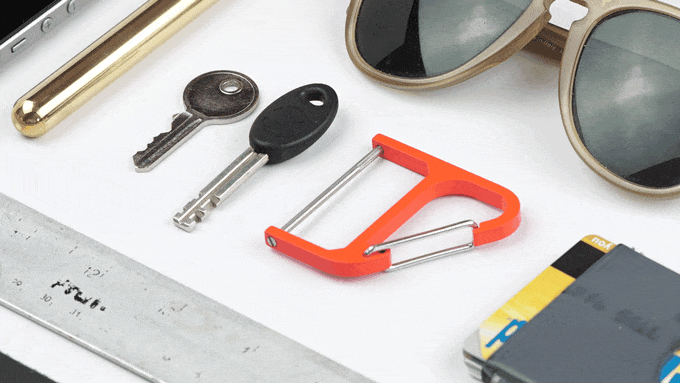The importance of design is all around us: in our apps, in the gadgets we use, in the websites we visit and in the desks we visit them on.
The lack of design can be a synecdoche for the lack of creativity (or the lack of creativity permitted) in a society, as when people talk about “Soviet-style” buildings.
At Apple, industrial designer Jonathan Ive is credited with the success of the company as much as anyone except Steve Jobs, who believed the design of the company’s products rivaled the importance of their functions. Indeed, the story of tech and design are so interwoven now as to be inseparable.
Products, websites, companies, succeed and fail because of design.
Earlier this month we wrote about 10 Brooklyn designers our readers should know about. We asked them to tell us what people don’t know about design that they should. So here you go.
(Some responses have been lightly edited for length or clarity.)
Form is Function
- Daniele Codega, design director at Work & Co
A digital product is composed of multiple layers and elements. At many organizations, those elements are solved separately: strategy before design, development after design, etc. The result is a separation of roles and teams that distinguishes between who is responsible for “form,” and who is responsible for “function.” Even within the discipline of design, this breakdown is often seen — a UX designer focuses on how it works, a visual designer on how it looks and feels.
We believe that everything is interconnected. In fact, I take that one step further: form is function. Form is the vehicle that enables, defines, and gets defined by function.
The result is that we expect designers to prototype their own work to get it as close to the end product as possible. It’s also why designers and engineers are integrated from day one at Work & Co, starting projects together and physically sitting together through to the launch, helping each other to find opportunities to constantly improve the form and the function.
###
The Product is Your Brand
- Marco Perry, principal at Pensa
Many people hear the word “design” and feel it’s about making things look good, but really, design is a process that gets your product and brand to connect with consumers or businesses. Creating that product/market fit and evoking your brand qualities in the product itself is the challenge for designers today. At Pensa, we believe your product is your brand.
###
Everyone Can Design
- Alex Levin, director of strategy and cofounder at L+R
Everyone can design, some people just talk about it more. It’s about understanding the goals of the end-user and making strategic decisions to improve an experience.
###
“Design” is Only Part of the Job
- Stephanie Casper, art director at Small Planet
That “design” is only part of the job. There’s research, writing, prototyping, coding, presenting, managing, communicating, strategizing, mentoring, collaborating, and a few other “ings” that take up at least half your day.
Since design is so subjective, it tends to make designers very sensitive. When your work is critiqued negatively, it is too easy to say, “My work is no good, so I’m no good,” because we tend to put so much of ourselves into the process. Especially when you look at a beautiful finished project without ever really knowing the struggle that that designer went through to get to that end. I have always found it comforting to know that you’re not alone out there and everyone struggles with it.
###
Nothing is Perfect
- Jessica Banks, CEO and founder at RockPaperRobot
Most designers are in love and hate with almost everything.
###
Design is a Service
- Teddy Blanks, cofounder at CHIPS
More than anything else, design is a service. Any finished piece of design you see in the world — a billboard, a website, a logo — is not necessarily a reflection of the designers’ best ideas or what they are capable of. It’s what they could get the client to agree to. People may know this implicitly, but it’s important to keep in mind and easy to overlook.

Technical.ly’s Editorial Calendar explores a different topic each month. The April 2017 topic is design. These stories explore people and firms making new, inventive and beautiful things in each of our five markets. This month’s Editorial Calendar in Brooklyn is underwritten by Small Planet. The stories were not reviewed by Small Planet before publication. Learn more about our advertising options here.
Join our growing Slack community
Join 5,000 tech professionals and entrepreneurs in our community Slack today!
Donate to the Journalism Fund
Your support powers our independent journalism. Unlike most business-media outlets, we don’t have a paywall. Instead, we count on your personal and organizational contributions.
